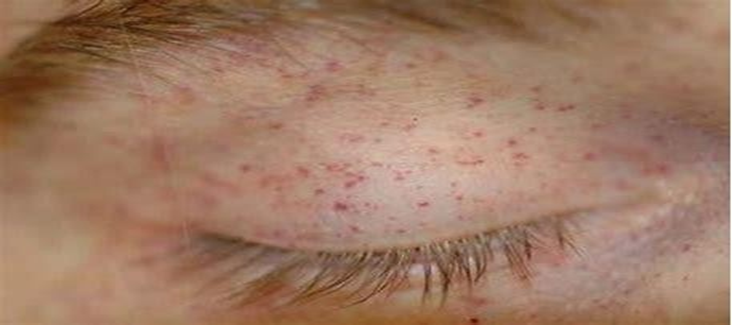A patient with a deep partial thickness burn has been receiving hydromorphone through patient-controlled analgesia (PCA) for 1 week. The nurse caring for the patient during the previous shift reports that the patient wakes up frequently during the night reporting pain. What action by the nurse is appropriate?
Teach the patient to push the button every 10 minutes for an hour before going to sleep, even if the pain is minimal.
Request that the health care provider order a bolus dose of morphine to be given when the patient awakens with pain.
Consult with the health care provider about using a different treatment protocol to control the patient's pain.
Administer a dose of morphine every 1 to 2 hours from the PCA machine while the patient is sleeping.
The Correct Answer is C
C. This option is appropriate as the current treatment protocol is not effectively managing the patient's pain. The nurse can collaborate with the healthcare provider to reassess the patient's pain management needs and explore alternative strategies or adjustments to the PCA regimen.
A. This approach may lead to overmedication and increase the risk of adverse effects such as respiratory depression or sedation.
B. Requesting a bolus dose when the patient awakens with pain could be a part of the solution, but it should be carefully evaluated within the context of the overall pain management plan.
D. Administering scheduled doses of morphine from the PCA machine without the patient's input or based solely on time intervals is not recommended.
Nursing Test Bank
Naxlex Comprehensive Predictor Exams
Related Questions
Correct Answer is D
Explanation
D. Benzodiazepines are a class of medications commonly used to treat anxiety, insomnia, seizures, and muscle spasms. Mazepam is a benzodiazepine medication often prescribed for anxiety disorders and short-term relief of anxiety symptoms.
A. Ibuprofen is a nonsteroidal anti-inflammatory drug (NSAID) used to relieve pain, reduce inflammation, and lower fever.
B. Morphine is an opioid analgesic used to treat moderate to severe pain.
C. Acetaminophen is a pain reliever and fever reducer that is not classified as a benzodiazepine.
Correct Answer is D
Explanation
D. Petechiae, which are small red or purple spots caused by bleeding under the skin, are a classic manifestation of fat embolism syndrome. They typically appear on the upper chest, axilla (armpit), and conjunctiva of the eyes. Petechiae result from the occlusion of small blood vessels by fat globules, leading to microvascular bleeding.

A Paresthesia distal to the fracture site is not a typical manifestation of fat embolism syndrome. Instead, paresthesia may suggest nerve compression or injury related to the fracture itself rather than fat emboli.
B Fever is not a specific manifestation of fat embolism syndrome. While fever can occur with various types of infections or inflammatory conditions, it is not a hallmark symptom of fat embolism.
C Swelling of the calf can occur with conditions such as deep vein thrombosis (DVT), which is a potential complication of lower limb fractures. However, it is not a typical manifestation of fat embolism syndrome.
Whether you are a student looking to ace your exams or a practicing nurse seeking to enhance your expertise , our nursing education contents will empower you with the confidence and competence to make a difference in the lives of patients and become a respected leader in the healthcare field.
Visit Naxlex, invest in your future and unlock endless possibilities with our unparalleled nursing education contents today
Report Wrong Answer on the Current Question
Do you disagree with the answer? If yes, what is your expected answer? Explain.
Kindly be descriptive with the issue you are facing.
